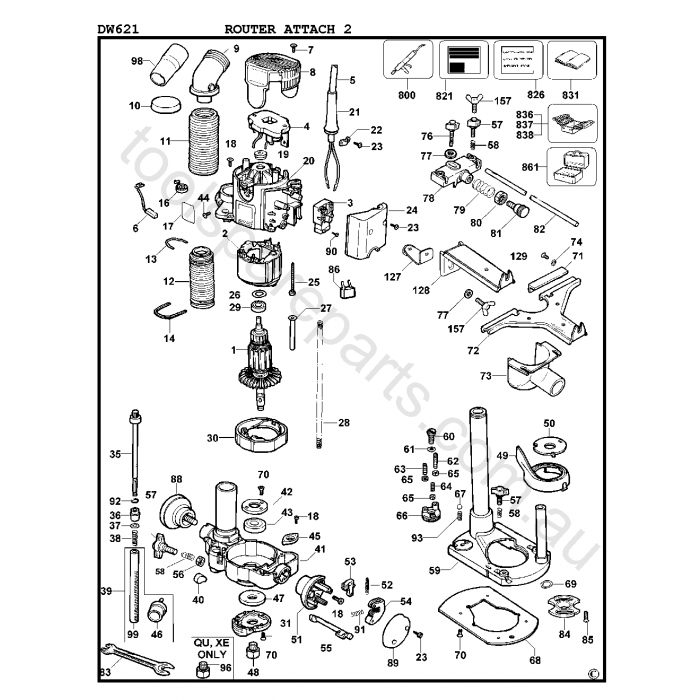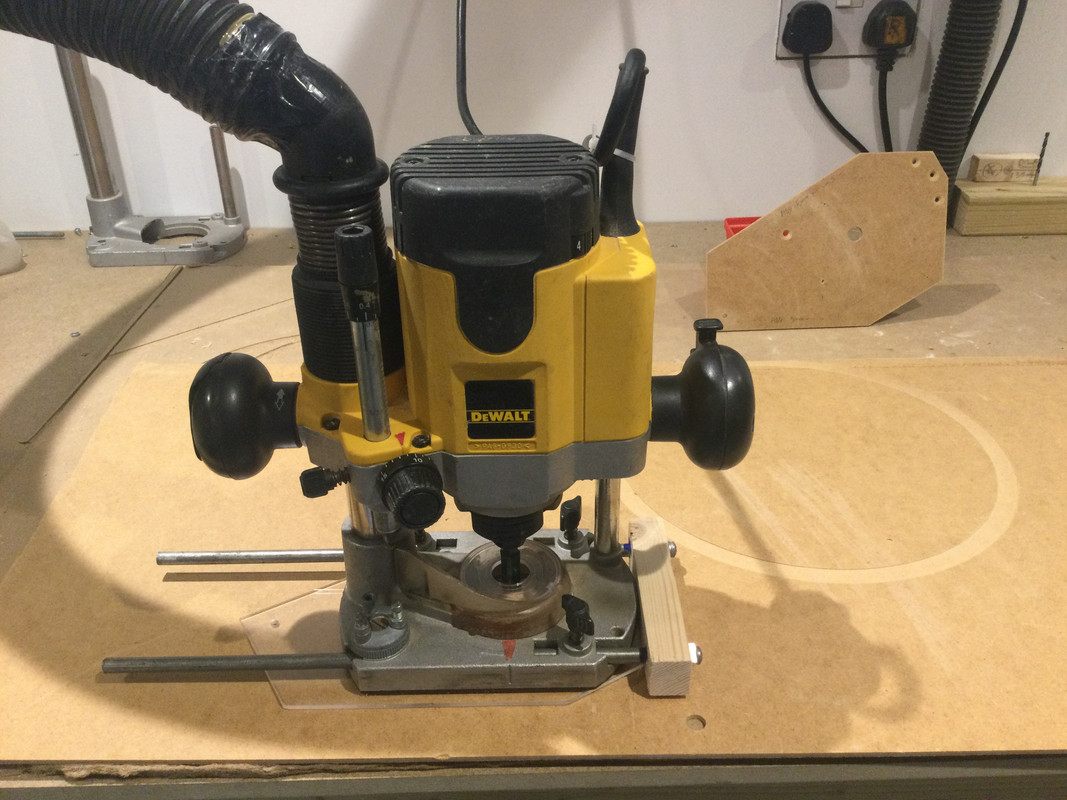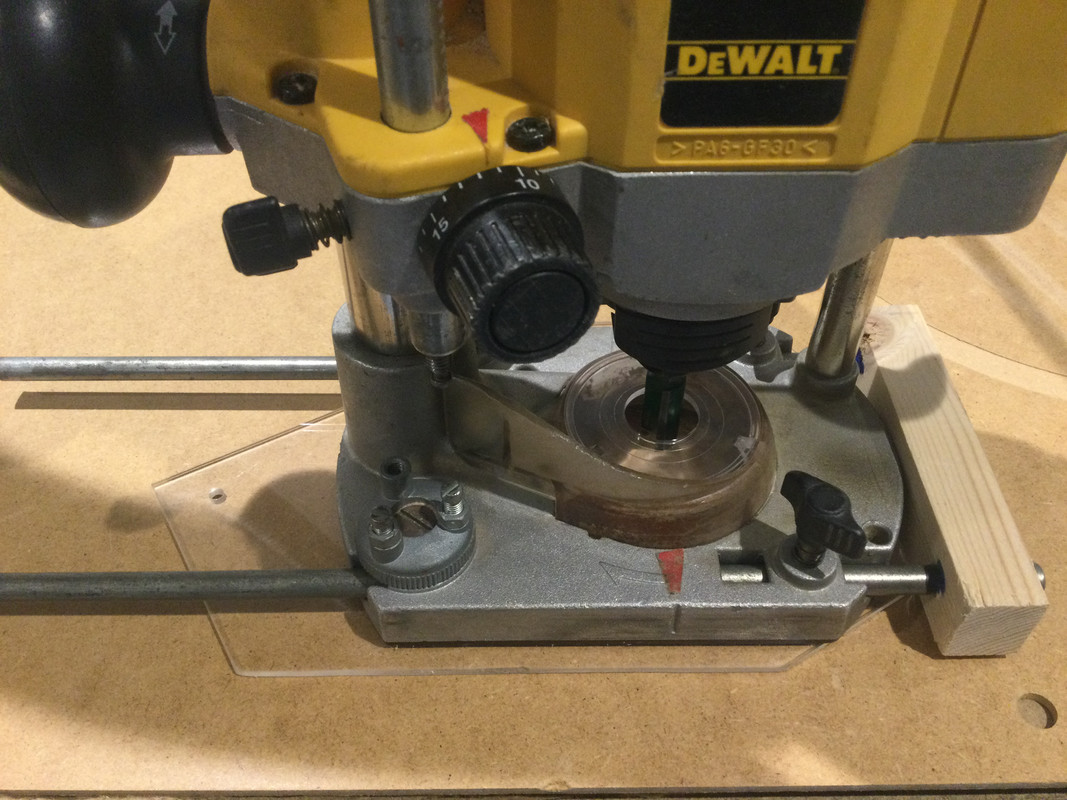The Captain
~~~~~~~~~~
@James
hi again/ thanks for the dust collector post, idea. Just seen this post (got a few days off now to pick this thread up).
Interesting- & I was aware of cyclone types, & in fact made a diy one ~9 yrs ago, which worked ok with a household vac. But didn't know an affordable one like this has been on the market. Food for thought. And if -you- use this.. I'm all ears.
So what vac do you use with this collector then, a "shop vac" workshop no frills type?
Thanks, Capt
hi again/ thanks for the dust collector post, idea. Just seen this post (got a few days off now to pick this thread up).
Interesting- & I was aware of cyclone types, & in fact made a diy one ~9 yrs ago, which worked ok with a household vac. But didn't know an affordable one like this has been on the market. Food for thought. And if -you- use this.. I'm all ears.
So what vac do you use with this collector then, a "shop vac" workshop no frills type?
Thanks, Capt






